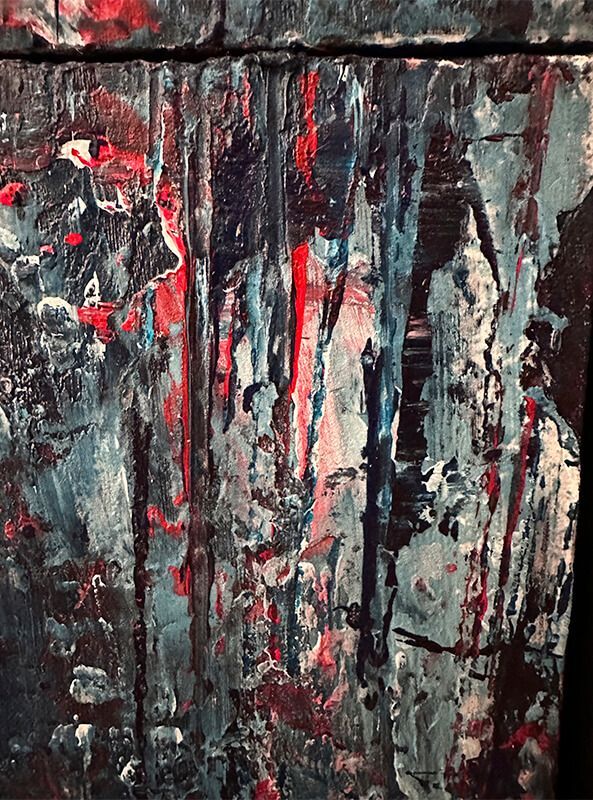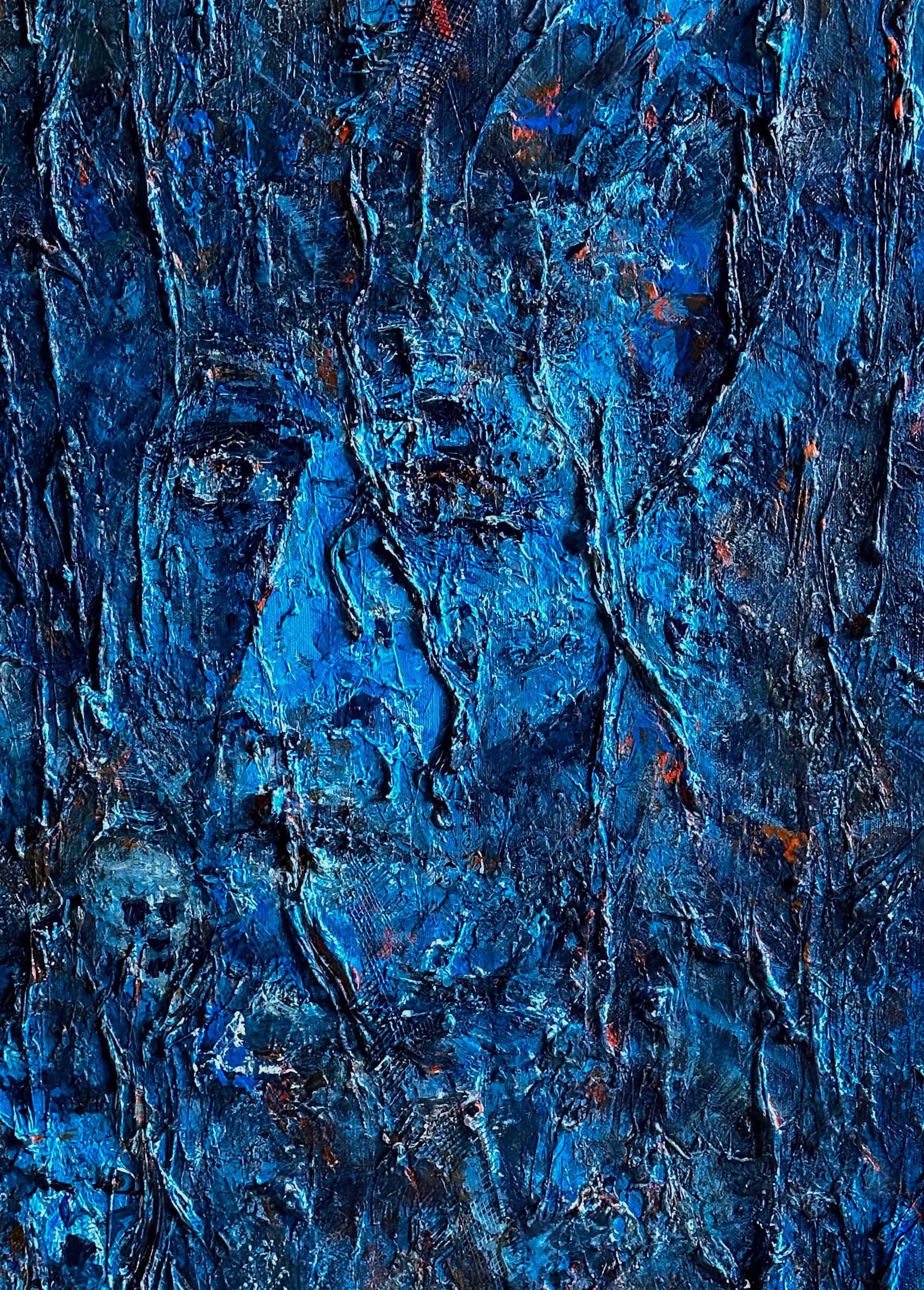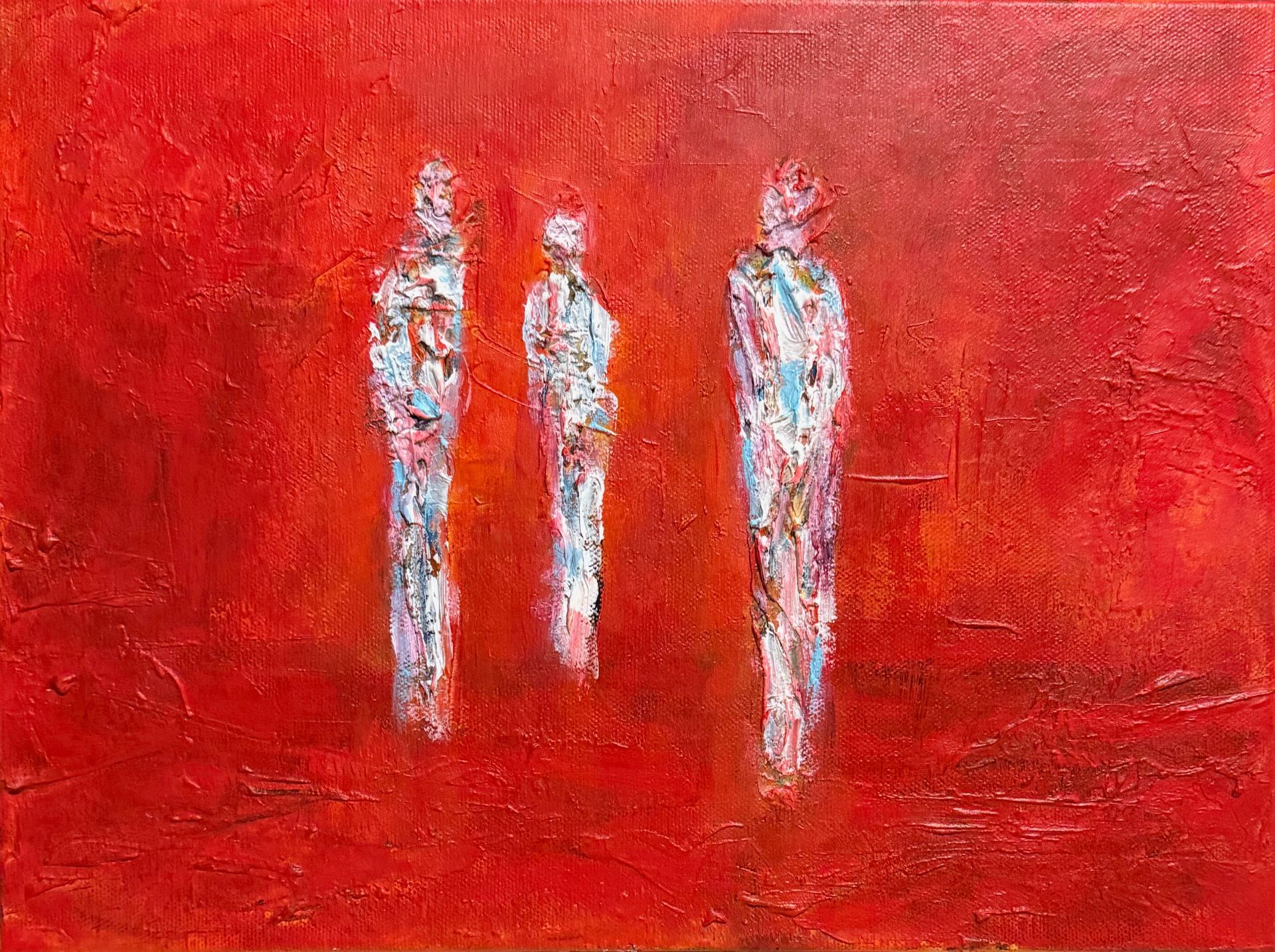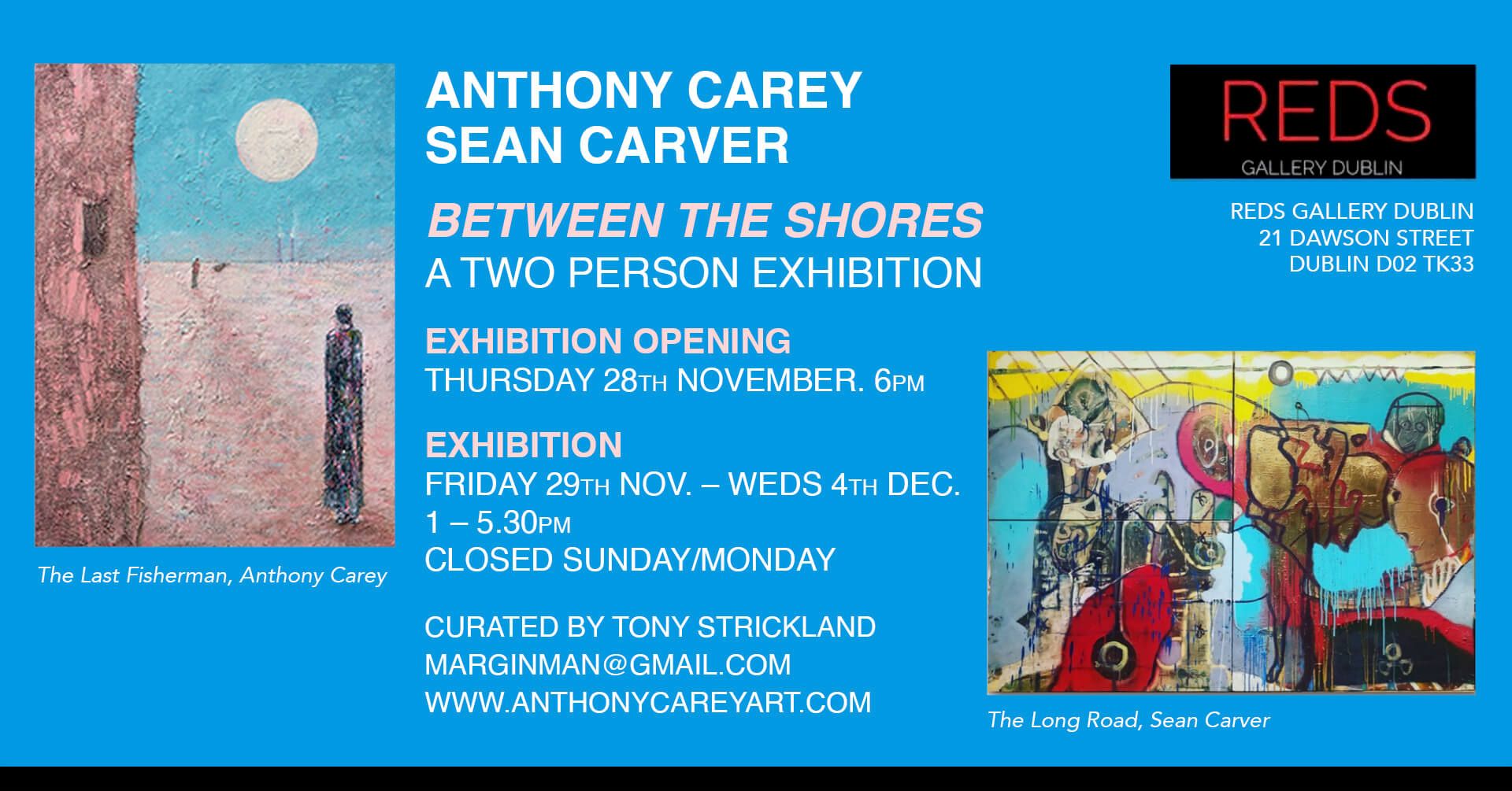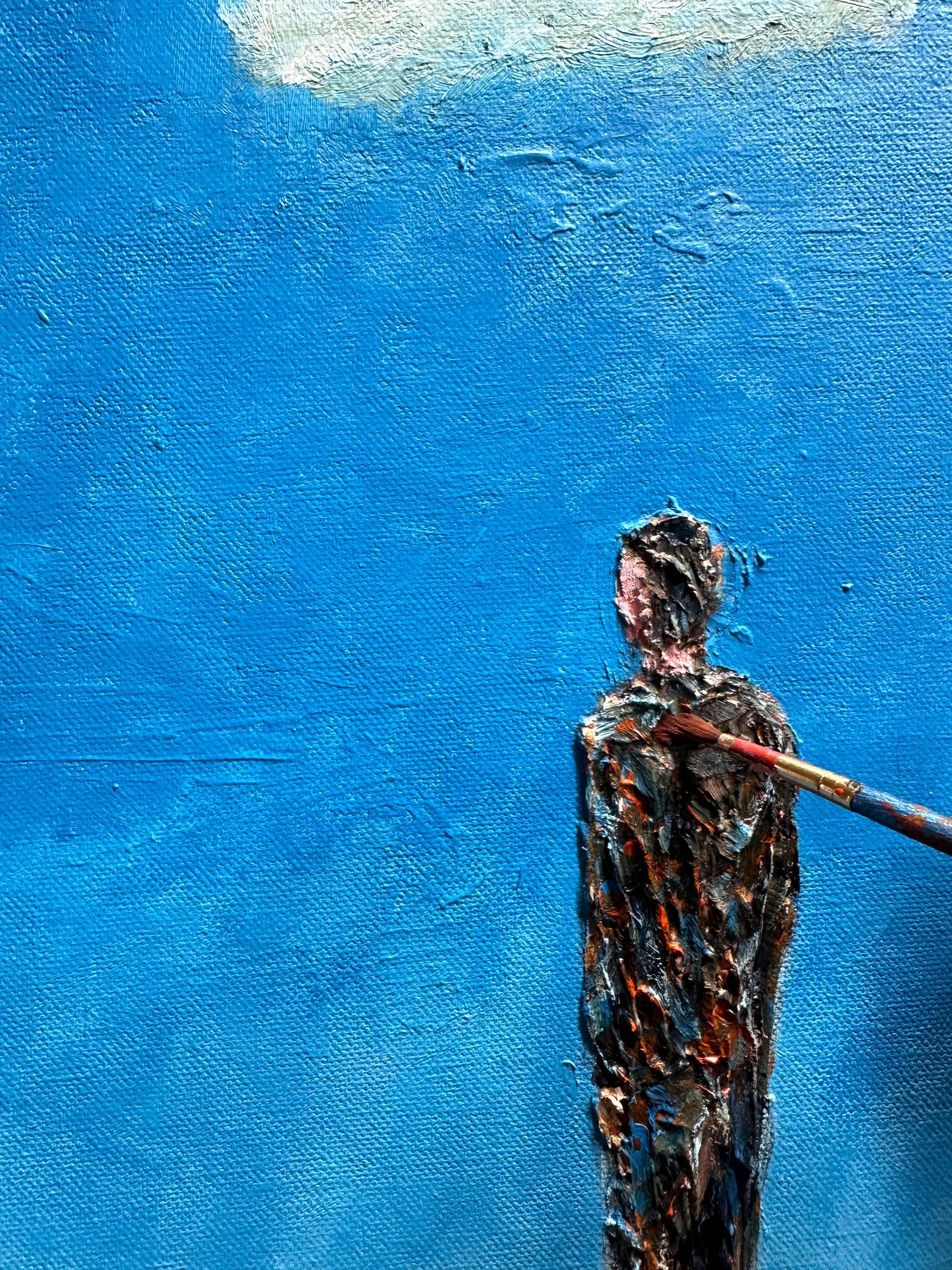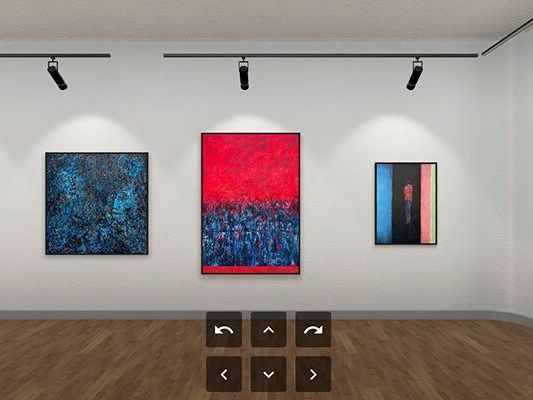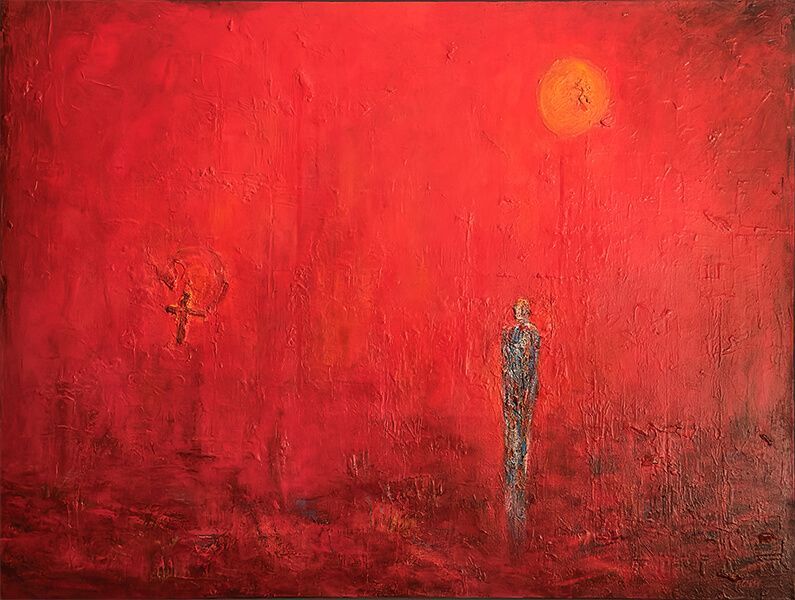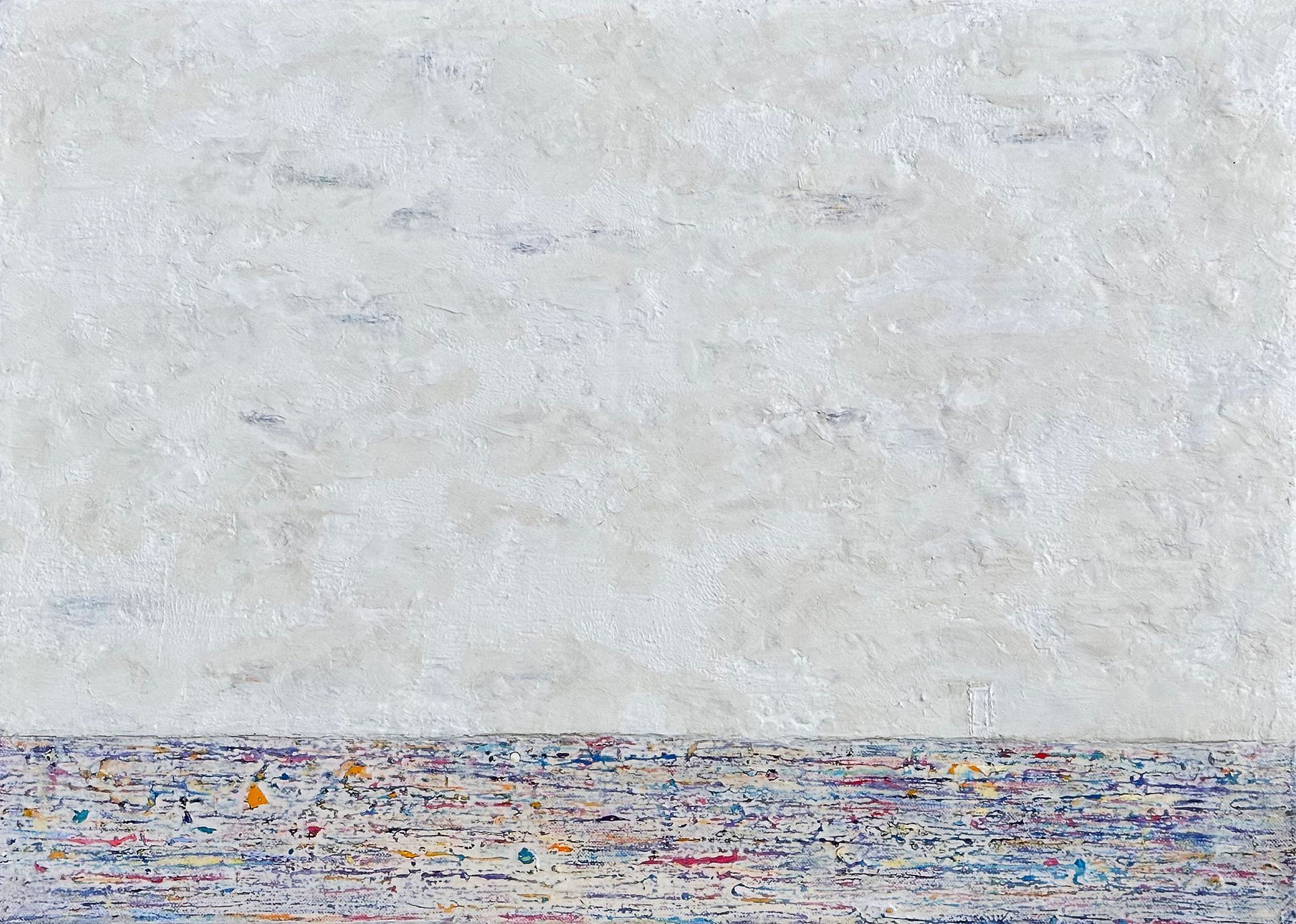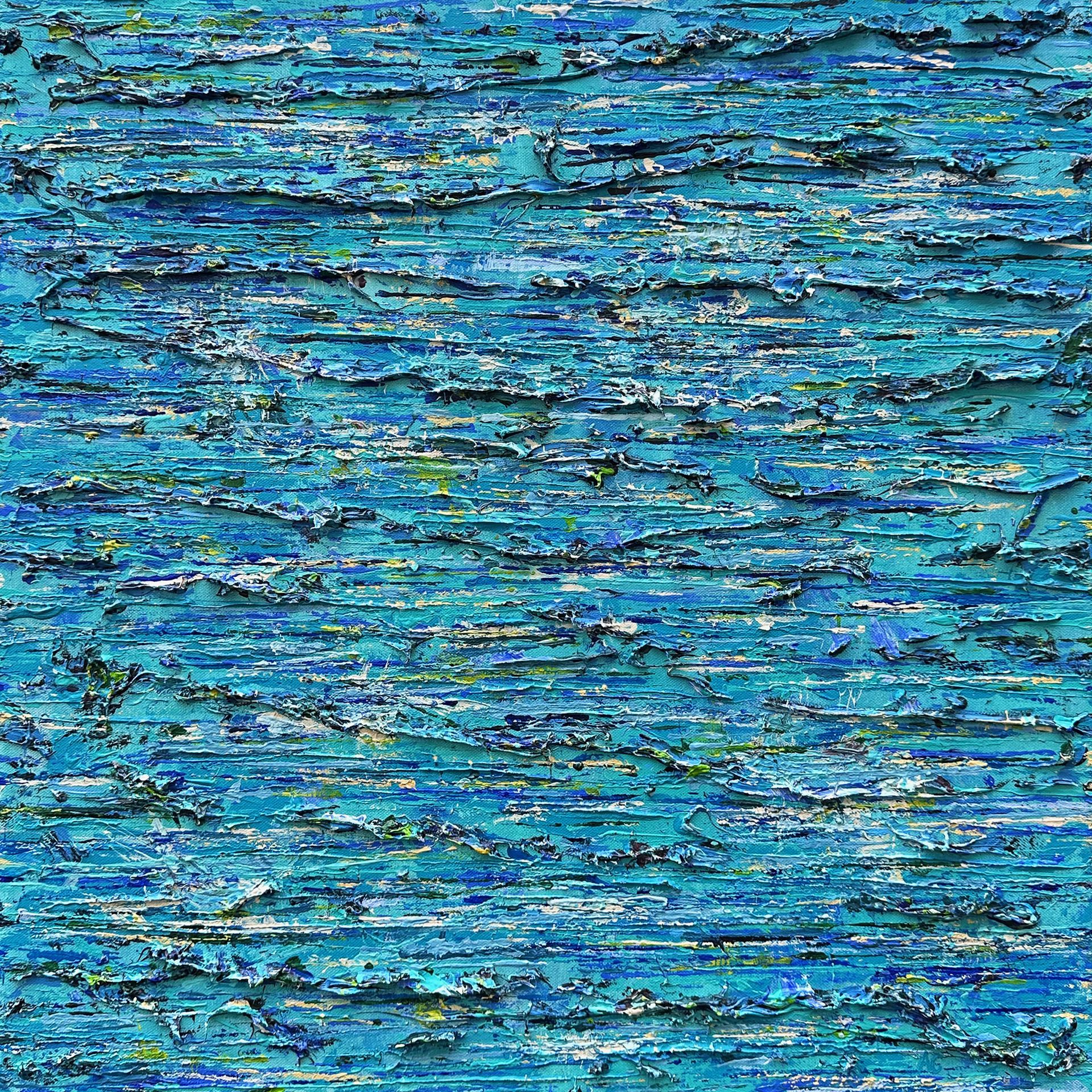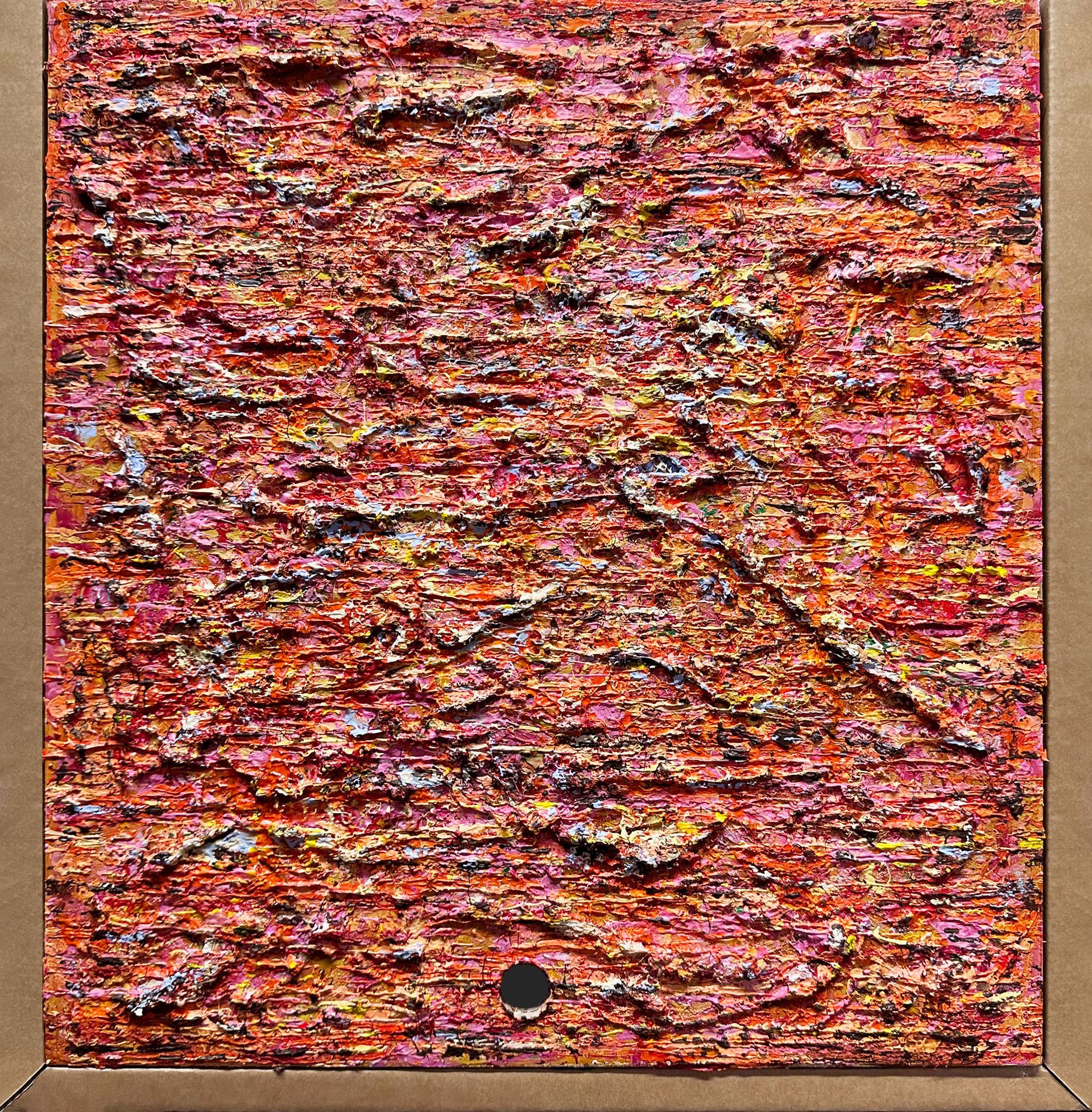The Collective Unconscious
CARL JUNG'S INFLUENCE ON MY ART
Carl Jung’s concept of the collective unconscious has profoundly influenced my art. As an abstract artist, I find Jung’s archetypes—like the Wanderer, the Shadow, and the Self—deeply resonate with my themes of belonging and identity. My fractured figures reflect these universal symbols, reminding us of our shared human experience.
In this post, I’ll explore how I discovered Jung’s theories and their transformative impact on my creative process. My introduction to Carl Jung's work began during a time of deep self-reflection. I was drawn to his writings on the collective unconscious while searching for meaning in personal and shared experiences of grief and displacement. The idea that we are all connected by universal symbols and archetypes resonated deeply.
As I read more about Jung, I began to see parallels between his archetypes and the themes I explore in my art. The Wanderer, with its endless search for belonging, mirrored my feelings of displacement and the stories I wanted to tell on the canvas. The Shadow—representing the parts of ourselves we often hide—aligned with my use of fractured figures to symbolize both struggle and resilience. These discoveries became a turning point, allowing me to channel these universal ideas into textures, colors, and forms that speak to the silent connections between us.
Jung's concept of individuation—the journey toward wholeness—also inspired me to embrace the rawness and imperfection of my process. Each painting became an exploration of both my inner world and the shared narratives that bind us.
How do Jungian archetypes resonate with your understanding of art and life?
Join the conversation in the comments.
- Explore my latest works inspired by these archetypes in my Portfolio page.
- Sign up for
my newsletter to gain insights into my process and future exhibitions.
- Read more on my influences - Leonora Carrington
